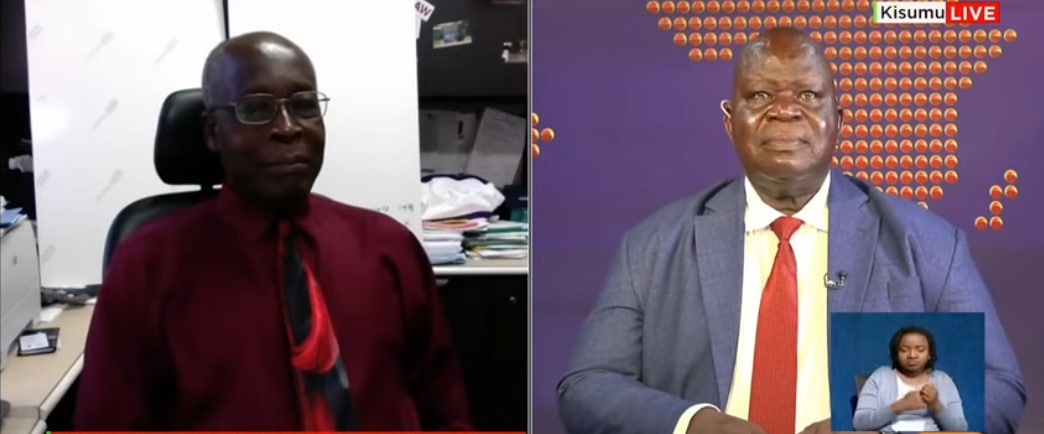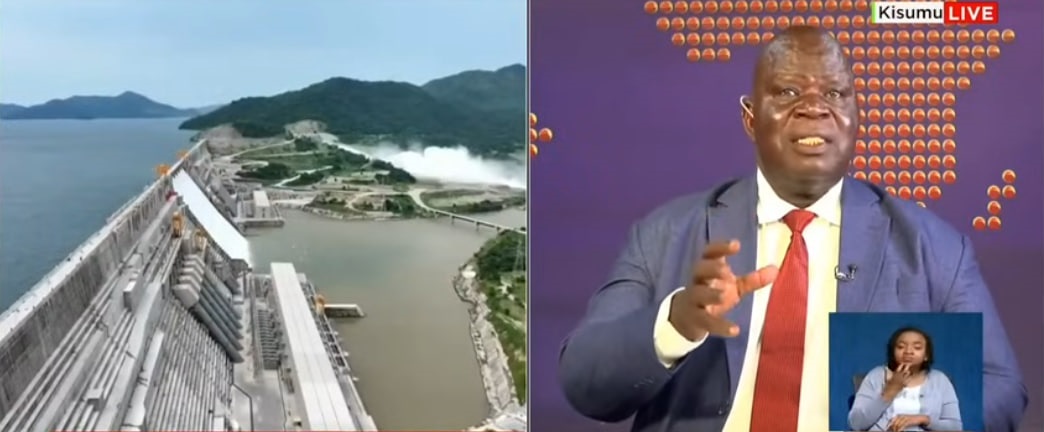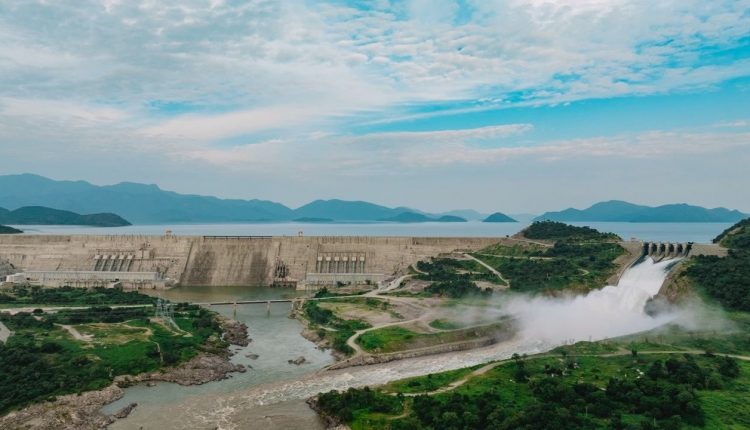Kenyan water specialists say GERD signals new era for Nile basin dev’t and regional cooperation
Addis Ababa, September 17, 2025 (FMC) – Kenyan water governance and transboundary river specialists have hailed the Grand Ethiopian Renaissance Dam (GERD) as a transformative project for regional development and cooperation.
Professors John Mukum Mbaku and John Rao Nyaoro noted that the dam, built on the Abbay River—a major Nile tributary contributing over 86 percent of the river’s water—secures Ethiopia’s energy needs while also providing significant benefits for downstream countries, highlighting the importance of cooperative management for equitable utilization.
It is noteworthy that the GERD was inaugurated on 9th September 2025 by Prime Minister Abiy Ahmed, in the presence of several African leaders, including Kenyan President William Samoei Ruto.

In a discussion presented by Kenyan media Citizen TV, Professor Mbaku, Brady Presidential Distinguished Professor of Economics at Weber State University, and Dr. Nyaoro, former executive director of the Nile Basin Initiative, outlined the historical, legal, and technical dimensions of GERD, explaining how it advances both national development and regional water management.
Professor Mbaku explained that much of the controversy surrounding GERD stems from Egypt’s dependence on the Nile, which supplies over 90 percent of its fresh water. He said Egyptians feared that Ethiopia might prioritize its own development objectives, potentially affecting downstream flow.
Dr. Nyaoro traced these tensions to colonial-era agreements, notably the 1929 and 1959 treaties, which granted Egypt and Sudan disproportionate control over Nile waters while limiting upstream nations’ rights despite their substantial water contributions.
“The 2010 Nile Basin Cooperative Framework Agreement was designed to replace these outdated arrangements and promote equitable utilization among all ten Nile Basin countries,” he said, noting that Egypt and Sudan participated in negotiations but did not ratify the framework, citing concerns about water security.
Professor Mbaku emphasized that Ethiopia’s construction of GERD in 2011 was legally justified. “The river is shared by eleven countries, and each has a legal claim to its waters. The previous bilateral agreements gave Egypt and Sudan near-monopoly control,” he said, adding that modern treaties must balance upstream development needs with downstream water security.

Dr. Nyaoro detailed GERD’s operational benefits. For Ethiopia, the dam provides cheap, reliable electricity, powering industries, rural development, and domestic consumption. For Sudan, GERD regulates water flow, prevents destructive flooding, and traps sediment, improving irrigation and agricultural efficiency.
He highlighted that hydropower generation is non-water consumptive, allowing continuous downstream flow. The dam’s operation requires minimum flow to generate 6,500 megawatts 24/7, ensuring Sudan and Egypt receive a stable and reliable water supply for irrigation, domestic, and industrial use. Its location in the cool Ethiopian highlands reduces evaporation compared with other dams, saving millions of cubic meters annually.
To illustrate the principle of non-consumptive hydropower, Dr. Nyaoro cited Ethiopia’s Gibe III Hydropower Project on the Gibe River, which flows into Kenya’s Lake Turkana. Despite initial concerns that the project could reduce water levels in the lake, downstream flow has continued reliably, demonstrating that hydropower generation does not diminish water availability for downstream users—a principle that applies to GERD as well.
He further explained that Sudan’s earlier opposition was primarily tied to the 1959 Egypt-Sudan agreement, not the dam itself. Sudan had previously expressed interest in importing GERD-generated power, recognizing that the benefits outweighed potential adverse effects. Similarly, Egypt has not reported any water shortages since GERD began operating, providing practical proof of the dam’s regulated flow and reliability.
GERD’s regional energy potential is also significant. With a capacity of 6,500 MW—exceeding Ethiopia’s domestic demand—neighboring countries, including Kenya, could access affordable, clean electricity.
Both scholars stressed that cooperation among all Nile Basin countries is now essential. “Equitable and reasonable utilization of the waters of the Abbay River will allow all riparian nations to enjoy the benefits of hydropower, flood control, and sustainable water management,” Dr. Nyaoro said. Professor Mbaku added that a modern, mutually agreeable treaty is critical to balancing national development with regional water security, moving beyond outdated colonial-era agreements.
Their analysis highlights GERD’s significance not only as Ethiopia’s flagship infrastructure project but also as a catalyst for regional integration, energy cooperation, and sustainable water management across the Nile Basin.


